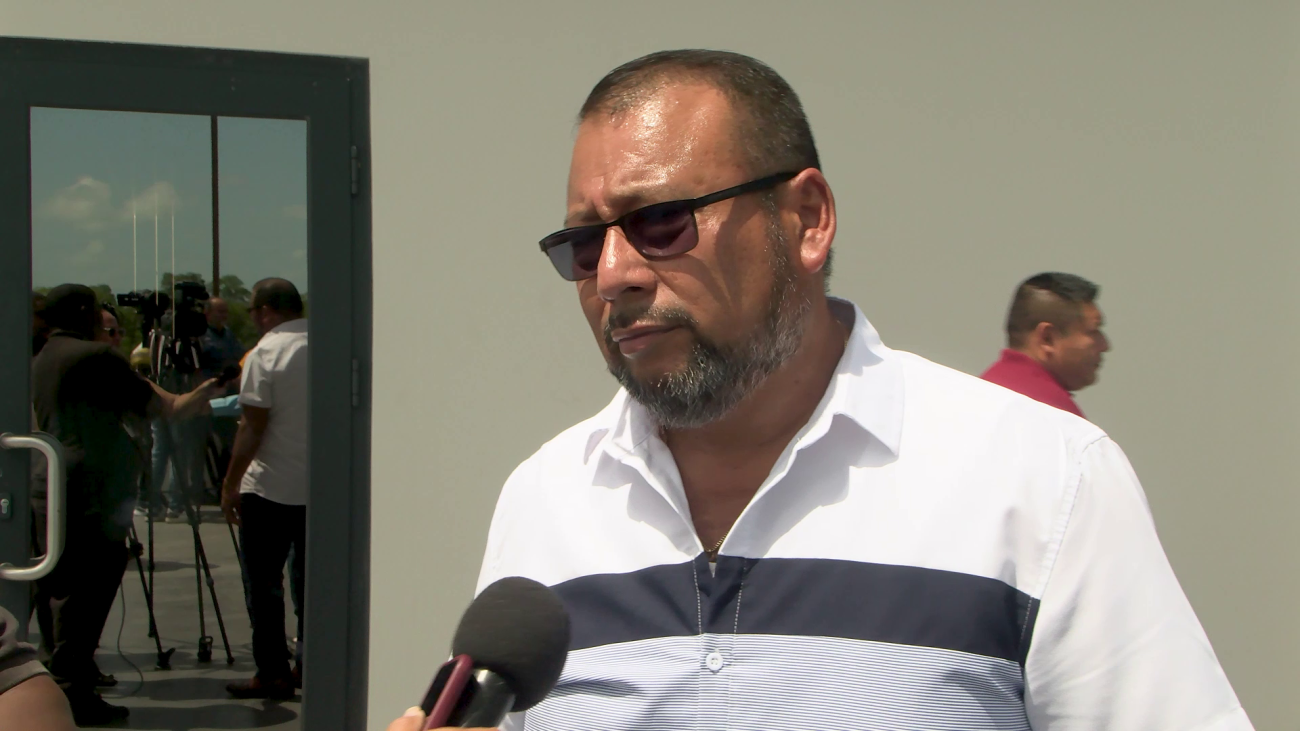Cane Farmers Say It’s Time to Rethink Sugar Harvesting
When it comes to sugar cane, timing is everything. Agriculture Minister Jose Abelardo Mai is shedding light on a key issue affecting the quality of Belize’s sugar crop, what’s known in the industry as ‘kill to mill.’ That’s the time between burning the cane and delivering it to the mill, and the longer it takes, the more the quality drops. But that’s not the only factor; how the cane is cut, whether it’s mature, and even how much mud ends up in the load all play a role. Now, farmers are calling for change, not just in how cane is harvested, but how they’re paid. They want individual payments based on quality, not group averages. So, could new legislation and better practices be the key to sweeter results for everyone involved?
Jose Abelardo Mai, Minister of Agriculture
“Well I’ve heard that. I mean there are so many things that lead to low quality sugar cane, right. Kill to mill, that’s what they call it. From the time you burn the cane to the time you deliver it, the longer that period extends, the lower the quality. The quality is affected. Kill to mill. So that affects it. The way you cut cane affects it, you take mud into the cane field. If you harvest cane that’s not mature, it again affects the quality. So there are many things that affect quality.”
Reporter
“But you’d want to legislate that. Like when they harvest and so?”
Jose Abelardo Mai
“I think it can be. I’m not saying it should not be but it could be controlled. It could be controlled.”
Reporters
“The farmers are asking for a change in payment. Right now, it’s being done by group. They want it to be done individually. Do you favor that?”
Jose Abelardo Mai
“I think they are referring to core sampling. Right now, the farmers get paid per quality, by group. So if it’s my group, say San Lazaro branch, which is C15, I think the price paid was above some of the others because the quality was better or something like that. So it is payment by quality, but per group.”






Facebook Comments